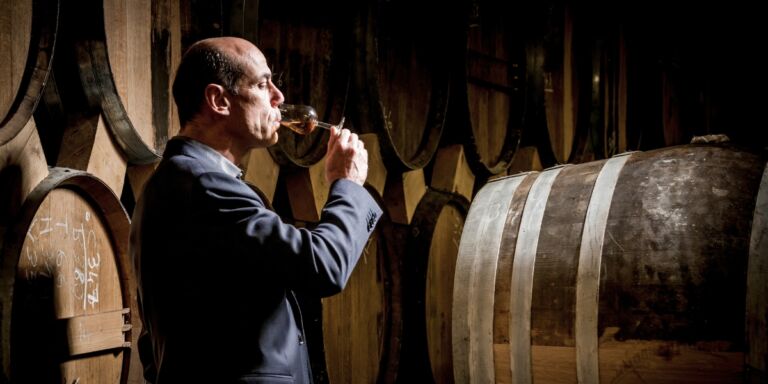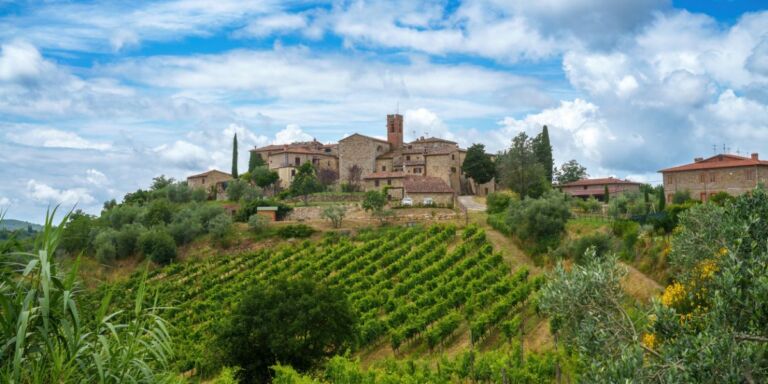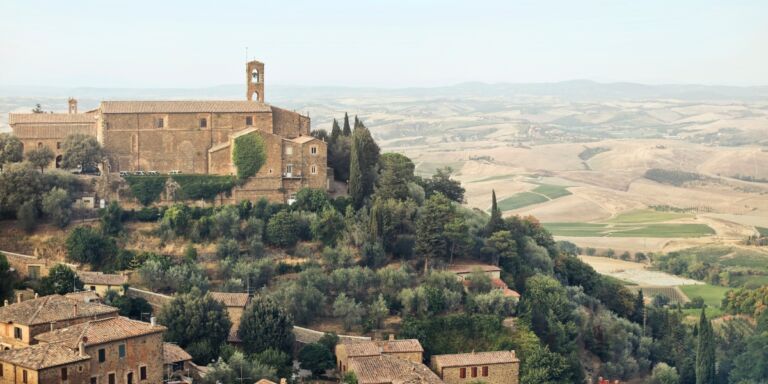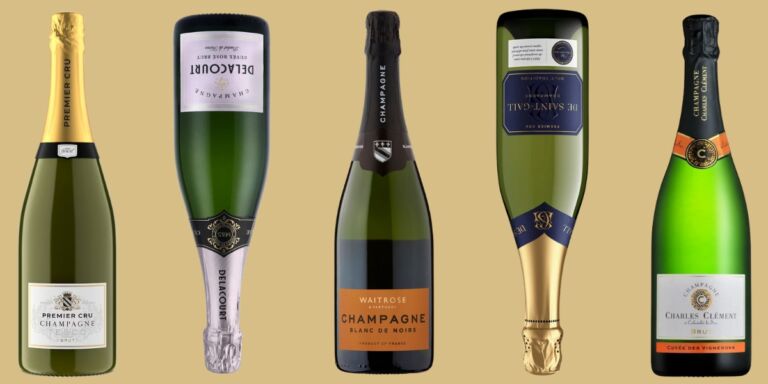Laurent Delaunay is sitting bolt upright in the auction room at Clos de Vougeot, alert to every nod and hand gesture around him. He notes every successful bid. ‘Faiveley bought that. That’s Bichot’ and so on. This is the Hospices de Nuits auction, a smaller sibling to the much grander Hospices de Beaune, and, as in most auctions, the big spenders are the most discreet. Erwan Faiveley, seventh-generation head of Domaine Joseph Faiveley, immaculately suited, lounges in his chair and indicates bids with the flicker of an eyebrow. Delaunay beside me is dapper and alert as a sparrow.
The head of Maison Edouard Delaunay is that most interesting of characters: the returned exile. Maison Delaunay has a history as eminent as any in Burgundy. Founded as negociant in 1893, by the 1920s it was distributing great domaines such as Romanée-Conti and Liger-Belair from its cellars in Nuits-St-Georges and Gevrey-Chambertin. The house flourished for a century until, in the early 1990s, Laurent’s father fell ill and Delaunay was sold to Boisset. ‘Oblivion’ is the stark headline on the website’s timeline.
‘It was a catastrophe,’ Laurent Delaunay says. He stayed on with Boisset, saved up all his bonuses, and in 1995 moved to the Languedoc with his wife Catherine. There they founded Badet-Clément in order to produce high-quality varietal wines – Les Jamelles became one of the Languedoc’s top-selling brands; in 2005 they acquired the boutique winery Abbotts and founded Abbotts & Delaunay, now renowned for its high-end Languedoc range. In 2017, they bought Maison Delaunay back from Boisset, moved back into Château Charmont, the family house in Nuits-St-Georges, and set about rebuilding the business.

Mere years later, Delaunay sits at the head of a thriving negociant-eleveur, as well as the Languedoc business. Catherine is a winemaker from a long line of Beaujolais growers, and now runs winemaking across the vineyards and four Languedoc wineries of Delaunay Vins & Domaines.
Maison Delaunay’s range encompasses appellations such as Corton-Charlemagne, Clos Vougeot and Chambertin Grand Crus and some famous vineyards – Petit-Vougeots, Griottes-Chambertin and Echezeaux. The wines are beautifully crafted; the Chablis Fourchaume Premier Cru 2022, for example, has brisk acidity together with a beguiling creaminess. ‘We’re trying to get back to the Chablis we had when we were younger,’ Delaunay says. This is smart: white-wine drinkers at a certain level are rebelling against too much leanness.
I can have the fresh approach of an entrepreneur but also with some sort of legitimacy or credibility
Delaunay’s a force in Burgundy. He is head of the governing body the BIVB and a major figure on the Côtes de Nuits. He’s of the establishment but he brings 25 years’ experience outside Burgundy. ‘We’re starting with a clean sheet,’ he tells me. ‘I can have the fresh approach of an entrepreneur but also with some sort of legitimacy or credibility.’
The Hospices de Nuits auction is a perfect testing ground for his approach to reforming the way Burgundy does things. The Hospices de Nuits, founded in the 13th century (the auction dates from the early 1960s), is equally as venerable as its sister organisation the Hospices de Beaune but far smaller. The Hospices de Nuits owns 12.4ha of vineyard – 14 Nuits-St-Georges Premier Cru and five Village wines – compared to Beaune’s 60ha; Beaune’s auction total in November 2023 was €23.3m from 770 lots; in March this year, Hospices de Nuits took €2.23m from 151 lots.

And just as the town of Nuits-St-Georges is smaller and more rural than Beaune, so the auction has none of the razzmatazz of its grander sibling. While Beaune has Les Trois Glorieuses – extravaganzas of feasting and song – Nuits has a jolly lunch at Clos Vougeot attended by local dignitaries in their Sunday best.
The trick with Hospices de Nuits is to bring it up to date while retaining its local character, Delaunay says. At the moment, it’s a charming slice of old-school Burgundy but ‘we need to make it better known all over the world, while keeping the personality. At the moment, there are just not enough buyers in the room.’
There’s an ‘inertia’ at the heart of Burgundy, Delaunay says
Delaunay’s vision goes wider than the Hospices de Nuits. He demurs when I ask what his plans are for Burgundy – it would be ‘pretentious’ to suggest he could move the region forward – but also acknowledges he has spent enough time outside the region to get some perspective. There’s an ‘inertia’ at the heart of Burgundy, he says. ‘I would love producers to be more pragmatic, to have a better understanding of the market and to be a little more reactive. I have the impression that some producers don’t listen enough to what consumers are saying, simply because they don’t have any kind of dialogue with consumers.’
Delaunay spent time in California in his twenties and the experience has stayed with him. He’s impressed by the way the wineries understand their customers. He ventures that there’s a certain ‘arrogance’ to producers in Burgundy, who consider it a privilege to let you buy their wines. He speaks approvingly of the ‘fantastic’ Californian wine clubs that put consumers ‘at the centre of their strategy. This is exactly the opposite of what we do in Burgundy.’

If you were to sum up Delaunay’s strategy, it might be something like, ‘change through modesty.’ He uses that word a lot. ‘We’re little modest people,’ he laughs at one stage. Burgundians must remember we are ‘not kings of the world’ anymore and should listen to consumers who are dismayed by the high prices of the wines.
But don’t be taken in by his self-effacement. He’s a pioneer (look how he admires the Californians) who was instrumental in creating the Languedoc’s reputation, a businessman who rebuilt the house his family lost, a canny operator who steers a course through the byzantine workings of Burgundian bureaucracy.
I have the impression that some producers don’t listen enough to what consumers are saying, simply because they don’t have any kind of dialogue with consumers
Crucially, he’s looking forward. Asked what is the most important challenge facing Burgundy today, he unhesitatingly replies, ‘climate change. This is what makes Burgundian growers depressed.’ He approvingly notes that two thirds of all BIVB research projects are linked to climate change, whether to do with sustainability, vinification regimes or any other way to adapt. He encourages experimentation with historic varieties, Pinot Gris and Pinot Blanc, César or the white grape Sacy.
Delaunay is an excellent host who can talk seriously and at length at dinner, without spoiling the convivial mood. The evening before the auction, at Château Charmont, he goes around the table with a bottle of 1959 Hospices de Nuits Les Didiers, still wonderfully alive. ‘This is our heritage,’ he says. ‘All we need to do is communicate.’








